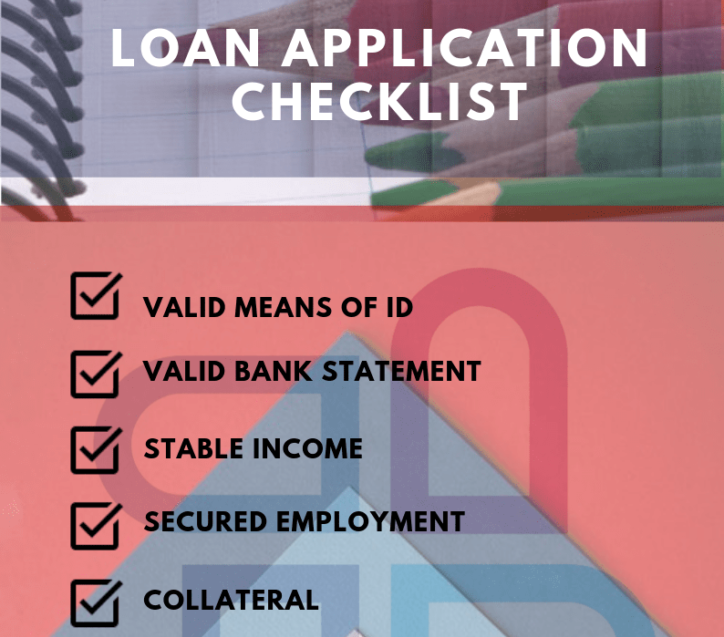So, you have thought about it and you believe the best course of action on the endeavor you are about to pursue is to take out a loan. You have also considered your options and like almost every other Nigerian, you know that the bank will not be able to help you here. As you consider some of the more contemporary options for obtaining loans, it would be great for you to remember that just because the loans are quick or easy does not mean they are not standardized.
While the goal is to increase access to finance to as many as possible, an equally important function is to improve financial responsibility by lending to people who are less likely to default but rather deepen the pool for others. So, if you have been rejected on a loan application before, we would like to show you areas you may need to beef up to ensure that doesn’t happen again. If you have never applied or been rejected, you should also read on so you can avoid the not-so-pleasant feeling.
What do credit companies look at before they advance a loan?
- Credit history or credit score
When you apply for a loan, the lender wants to know how credit-worthy you are. In other words, the lender wants to know what financial habits you have incurred that will enhance or deter your ability to meet your financial requirements when due. There is, therefore, a score that pools together your financial information to generate a score between 300 (terrible) and 850 (amazing) that summarizes this information for anyone who needs it.
Furthermore, this credit score typically comes with a report that details why you have been awarded whatever score you have. Essentially, you want to make sure that this score is closer to 850 than 300, and that your credit history shows good financial habits.
- Debt-to-income ratio
Another thing that is important to know is how ‘leveraged’ you already are. In determining how likely you are to pay back a loan, the credit facility would like to know that you are not so heavily steeped in debt that you would find it difficult to fulfill your loan obligations and still maintain a healthy lifestyle; this explains the debt-to-income ratio. That said, credit facilities will likely hesitate to advance a loan if you reach the 43% debt-to-income ratio.
- Level of income
Speaking of debt-to-income ratio, the income part of that is crucial. You must be making enough money to support loan repayment before a loan can be issued. The higher your income for the most part, the more likely your loan application will be approved and at a good interest rate too. If you have a less than ideal income, the amount you can access may be significantly impacted and your interest may go up for the credit facility to make up for the increased risk of default.
- Employment history
To continue in this chain of factors, your employment history provides some support for your income level. For most lenders, if you can prove that you have a steady paying job and you are not at risk to suddenly be unemployed, you are deemed less risky. Some companies consider 2 years the ideal length of time for you to be employed at a job for it to be deemed ‘steady’ but not to worry if you’re new on a job. The length of time spent at your last job or unemployed – as applicable – can make up for this.
- Sufficient collateral
Finally, some credit facilities look for collateral while others don’t; or perhaps make it seem as if they don’t. However, have you noticed that some companies insist on having contact details of your employer and choose to correspond via your official e-mail? Others still take family information to ensure they have a way to reach you. All of these are in a bid to make loan recovery easier.
Looking at the more traditional methods though, credit facilities are generally far more comfortable when they have access to an asset that can cover the loan taken out including the interest to be paid. This can be in form of equipment, landed property, investments, etc. Where these are unavailable, the company reverts to increasing interest rate to make up for the increased risk of default.
So, before you make your loan application, consider your status on any of these factors. You must essentially show the credit facility that you are a financially responsible citizen who is not likely to drop off the face of the earth once loan repayment rolls around.









